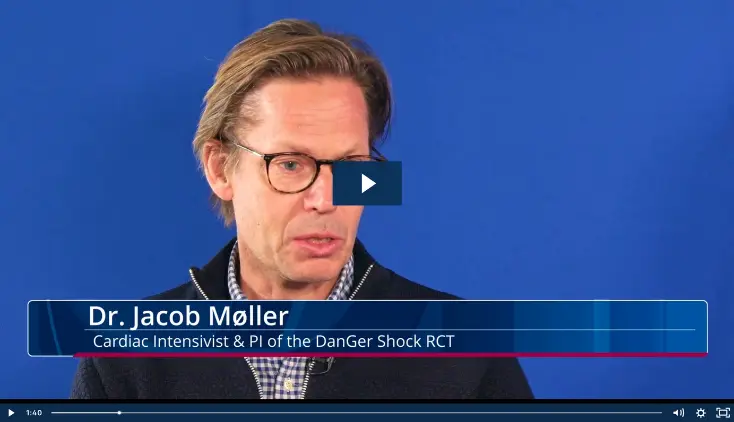Access & Closure, Axillary Access, AMI Cardiogenic Shock
Alternative Access Sites for Large Bore Procedures with Rajiv Tayal, MD
Rajiv Tayal MD, MPH, FACC, FSCAI, discusses axillary access and other alternative access site techniques for large bore procedures. Dr. Tayal is the director of the cardiac cath lab at Overlook Medical Center.
Dr. Tayal explains that percutaneous axillary implant volume is increasing with very favorable data from the axillary access registry to monitor safety (ARMS) registry as well as a paper published by Amir Kaki, MD, in May 2019 in The American Journal of Cardiology looking at the feasibility of axillary access for mechanical circulatory support (MCS) in patients with cardiogenic shock.
He notes, however, that many times the first question about axillary access is “What about the brachial plexus?” He explains that it is important to realize that the relationship of the brachial plexus to the axillary artery varies by location and he discusses anatomic landmarks of interest for gaining effective access.
Dr. Tayal recommends ultrasound for all large bore access. He acknowledges the learning curve for using ultrasound and shows ultrasound needle guides that can help predesignate the angle of access. He emphasizes the importance of a low angle of access, less than 30 degrees, which differs from the typical 45-degree angle for femoral access. He explains that access should be proximal to the subscapular artery, which is generally easy to identify on angiography. He mentions the importance of setting up and organizing the room in a manner that makes sense for the procedure and provides step-by-step technique for gaining access.
It is important to be cognizant of tortuosity in the axillary artery, explains Dr. Tayal. Many sheaths aren’t designed to withstand a lot of tortuosity and therefore sometimes axillary access is not the best option for alternative access.
Dr. Tayal also briefly discusses left distal radial access, highlighting the advantages of left radial access over right radial access, namely the gain of about 10 cm of reach as well as improved outcomes and survival.
Dr. Tayal advocates strongly for balloon-facilitated dry closure and explains that balloon occlusion decreases bleeding and is feasible from the radial artery. The impact of crossover balloon occlusion technique (CBOT) on access-related complications, he explains, seems well understood for transcatheter aortic valve replacement (TAVR) but has been overlooked in MCS.
In summary, Dr Tayal reiterates the importance of understanding basic anatomy for axillary and femoral access, using ultrasound and having multiple tools to facilitate access, and paying attention to both access and closure.
NPS-331


